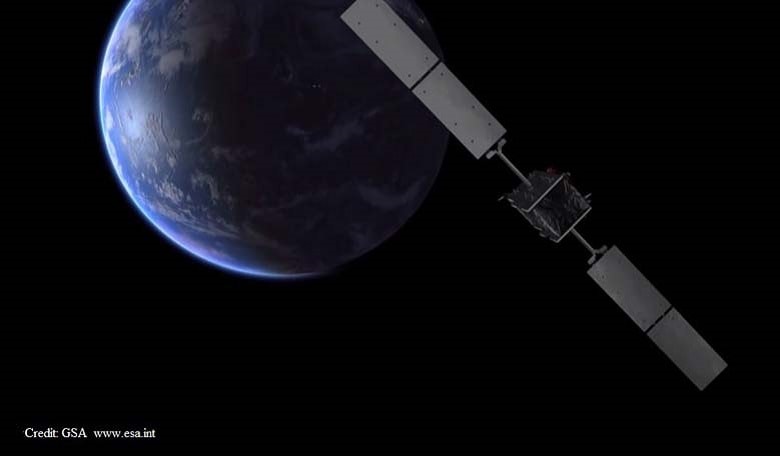Galileo satellites 5 and 6, launched in August 2014 into incorrect orbits, will now be used in a year-long test of Einstein's General Theory of Relativity. The satellites are currently able to continuously operate their navigation payloads after a set of manoeuvres was performed by the European Space Agency to make their orbits more circular.
However, the orbit problem had accidentally made the satellites into a useful scientific tool, as they can now be used to measure how gravity affects the passing of time more accurately than ever before.
Even with adjustments, the satellites' orbits remain elliptical, making the shifts in the height of their orbits, and consequently gravity levels, invaluable to researchers. Einstein theorised that time passes slower in proximity to a massive object. His theory has since been verified by a number of experiments, most importantly in 1976 with the launch of a hydrogen maser atomic clock on Gravity Probe A. Atomic clocks run faster in orbit than on the ground by a few tenths of a microsecond per day – enough to give errors of around 10 km per day on a navigation satellite.
Galileo satellites will effectively provide the first opportunity since 1976 to further confirm Einstein's theory and provide the most precise calculations. They will also enable researchers to test several alternative theories of gravitation.
ESA's senior sat nav? Advisor Javier Ventura-Traveset explained that “while the Gravity Probe A experiment involved a single orbit of Earth, we will be able to monitor hundreds of orbits over the course of a year.”
The results are expected to quadruple the data accuracy compared to Gravity Probe A and will be available in about a year. The two teams devising the experiments are Germany's ZARM Centre of Applied Space Technology and Microgravity, and France's Systèmes de Référence Temps-Espace.











